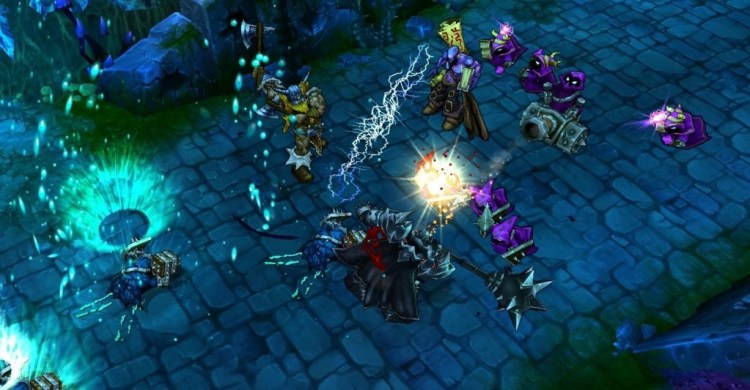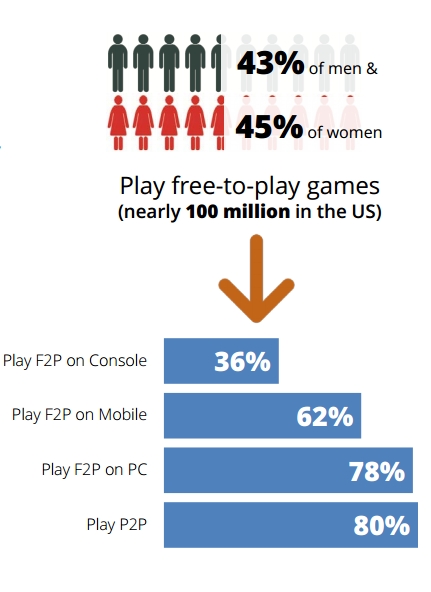“There’s an opportunity to do free-to-play content on consoles if you approach it properly,” he said. “When you talk with consumers about what they would want or expect in a free console experience, they’re still looking for a true console experience: triple-A quality.”
Take the popular free-to-play massive online battle arena game League of Legends, for example. “There is no comparable experience on console. There is an opportunity for something of that caliber to be successful,” Anderson said. “The greatest challenge is that people only have a limited amount of time, so you’re competing against other console and free-to-play titles.”
The other challenge to the launch of F2P console titles is the lack of development expertise, he said. Licensing and developer relations are very different in the F2P space and, until recently, were nearly impossible to achieve on consoles.
“Both Sony and Microsoft have solid channels for indie publishing that have opened the door,” he said. “But demand for going through that channel is much larger than those groups’ capacity at this moment. I’m very confident that somebody will crack this, the way they have on Facebook, and then on mobile, and then on PC.”
7 types of gamers
Insights Meta analyzed gamers’ spending habits, gameplay preferences, and motivations for playing and came up with seven different segments of players:
- Mobile core: Traditional “hardcore” gamers who have adopted mobile platforms. “They look for things that are deeper, more engaged, more social.”
- Browser casual: What used to be called the typical “casual gamer,” Anderson said. “They play browser-based and Facebook games almost exclusively.” They tend to play on desktops, not tablets or mobile.
- Digital natives: The Millennials discussed above, who prefer downloading their games.
- Frugal gamers: Involved, committed gamers on a variety of platforms who make their buying decisions based almost entirely on price. “It’s not about enthusiasm,” he said. “They’re very high consumers of game content in terms of the time they spend.”
- Core console: The traditional core gamer who has not yet invested significantly in mobile gaming.
- Mobile casual: “What most of us would describe as casual gamers,” he said. They play heavily in F2P games on mobile, with very little time or money spent outside of mobile devices. “They would not be offended if you called them a mobile gamer.”
- Casual: By far, the largest segment. These are players who dabble in games as a hobby, a distraction, or something to do while standing in line, Anderson said. “They would not identify themselves as gamers.”
For a fun look at gamers who play free titles, see Insights Meta’s interactive infographic. The survey was conducted online in September, of respondents aged 13-65, all of whom said they played console, PC, browser, or mobile games. Of the 2,200 responses, 1,750 were accepted as valid (obvious fakes were removed). Some data in the study was taken from an August Google poll with a sample size of 3,000.
VentureBeat's mission is to be a digital town square for technical decision-makers to gain knowledge about transformative enterprise technology and transact. Learn More


